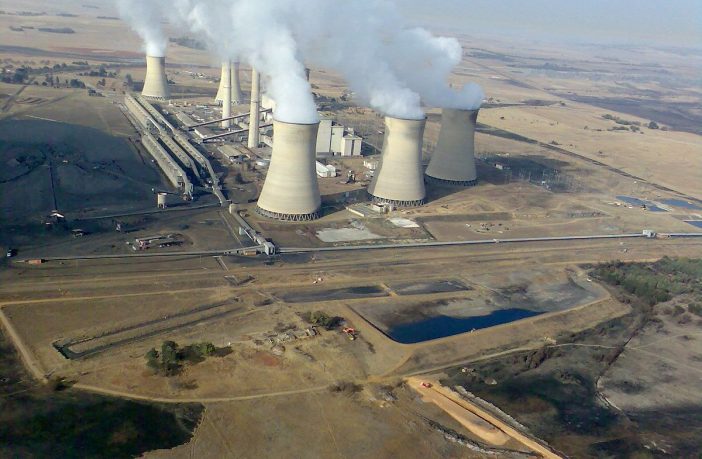- Eskom plans to spend at least R170bn in a bid to maintain and restore the coal fleet.
- Will this solve the energy crisis or are we simply throwing good money after bad?
It took 33 days of continuous load shedding in June and July this year to finally spur President Cyril Ramaphosa into action.
“After more than a decade without a reliable electricity supply, South Africans are justifiably frustrated and angry. They are fed up,” he said in a televised address.
“The crisis that we are facing requires that we should take bold, courageous and decisive action to close the electricity gap,” said Ramaphosa.
In the days that followed, the newly created National Energy Crisis Committee (Necom) announced concrete steps to bring a permanent end to load shedding.
In many ways, the plan is revolutionary: it will bring 15 gigawatts (GW) of new wind, solar and storage online, and force Energy Minister Gwede Mantashe to loosen his grip on energy planning.
In some ways, though, it is painfully familiar: “Government will focus on: first, improving the performance of Eskom’s existing power stations,” Minister in the Presidency Mondli Gungubele announced.
In a follow-up response, Mantashe said: “[T]he belief is that improving the operational efficiency of power plants already on the ground can get us out of the woods much quicker than any other option.”
The problem is that this has been “the plan” for years, but despite billions poured into the ageing coal fleet, its performance has continued to decline, reaching an all-time low of 55% availability in 2022.
The decline, as we detailed in Part One and Part Two of this series, has left a gaping hole in our energy supply and is the primary cause of load shedding today.
So, the question we set out to answer in the final part of our Eskom trilogy is: does it make sense to reinvest in the coal fleet, or is it time to let the coal fleet die?
The top six
Currently, Eskom’s fleet of 25 power stations is only available to produce electricity 56% of the time (12-month rolling average: 58.7%).
In a bid to reverse this decline, Eskom plans to spend R34-billion a year on maintenance over the next five years. At R170-billion, this is significantly more than the R144-billion spent in the previous five-year period.
Most of the extra budget will be spent on six power stations — dubbed the “top six” — which will receive VIP treatment, meaning the money, skills and time they need to carry out in-depth, restorative maintenance.
The “top six” coal stations — Tutuka, Majuba, Matla, Kusile, Kendal and Duvha — are among the worst performers in Eskom’s fleet, with an average energy availability factor (EAF) of 40%.
Tutuka, for instance, has an EAF of only 28%, meaning it produces about as much electricity as a wind or solar plant of the same size, but on a far more unpredictable schedule.
The six VIP stations are all scheduled to keep running after 2030.
Tutuka, for instance, is supposed to shut down its last unit in 2040, but the likelihood it will last another 18 years is slim.
Prof Mark Swilling, chair of the Development Bank and a seasoned energy expert, recently described it as “probably irredeemably corrupt and therefore damaged beyond repair”.
However, Eskom’s hope is that spending an additional R5.2-billion a year on maintenance — mostly at these six stations — can rein in breakdowns and put desperately needed electrons back on the grid: “[T]his would improve EAF by approximately 7%,” Eskom told us in a written response.
Not overnight, however: a presentation to Parliament in late August indicates Eskom anticipates that the EAF of the fleet could recover to 61% in six months, 63% in a year, and so on, only reaching 66% by 2025.
But this is a gamble. With independent power producers, we know the cost of the electricity we are buying in rands and cents per gigawatt hour. With the Eskom coal fleet, we are handing over billions with a hope and a prayer that we are not merely throwing good money after bad.
And if the plan fails, Eskom will be deeper in debt and no closer to providing the country with a stable supply of electricity.
Author: Susan Comrie
This is a small extract from a very in depth and well researched article written by investigative journalist, Susan Comrie from amaBhungane Centre for Investigative Journalism. Comrie has delivered her work in three parts, this is the third and final work in the trilogy. Link to Part One and Part Two.
Read more on this exclusive story from the amaBhungane Centre for Investigative Journalism HERE


















